This post may contain affiliate links. For full information, please see our disclaimer here and our Privacy Policy here.
Welcome to the Solo Female Travel Safety Tips and Advice page for Papua New Guinea!
This page is brought to you by Solo Female Travelers Tours, our curated small group trips for women, by women.
On this page you will find first-hand, unbiased, and real safety tips, advice and reviews from women traveling solo, submitted directly from their personal experiences in the country.
Their opinions are unfiltered and submitted independently as part of the Solo Female Travel Safety Index, a ranking of 210 countries and regions based on how safe they are for women traveling solo.
The safety scores range from 1 to 4 with 1 being the safest and 4 being the most dangerous for solo female travelers.
You don’t need to login to read the below reviews. But do sign up or login to share your solo travel experiences, country safety rating and comments.
Jump straight to: Travel Tips | About the Index | Resources I Leave a Review
MAKE A DIFFERENCE – LEAVE YOUR SAFETY REVIEWS!
We can make the world a safer place for women traveling solo together. Sign up to our portal and leave your reviews NOW. Share your experience with other solo female travelers and help us empower more women through travel.
Papua New Guinea Country data
We have compiled a few data points below that can help you better understand Papua New Guinea and have more context when thinking about travel safety.
Official country name: Independent State of Papua New Guinea.
Etymology: The word "papua" derives from the Malay "papuah" describing the frizzy hair of the Melanesians. Spanish explorer Ynigo Ortiz de Retez applied the term "Nueva Guinea" to the island of New Guinea in 1545 after noting the resemblance of the locals to the peoples of the Guinea coast of Africa.
Country map
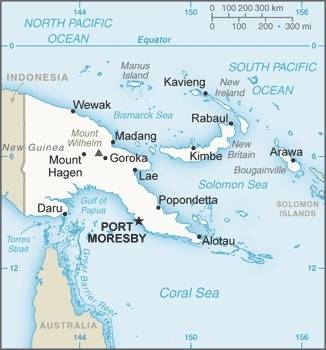
Locator map

Flag
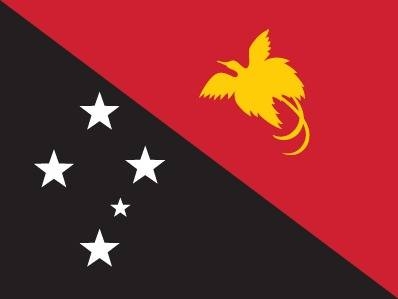
Capital: Port Moresby.
Independence / foundation: The discovery of gold along the Bulolo River in the 1920s, led prospectors to venture into the highlands, where they found about 1 million people living in isolated communities.
Japan invaded New Guinea in 1941 and reached Papua the following year. Allied victories during the New Guinea campaign pushed out the Japanese, and after the end of the war, Australia combined the two territories into one administration. Sir Michael Somare won elections in 1972 on the promise of achieving independence, which was realized in 1975.
Population: 10 million.
Currency: Papua New Guinean Kina (PGK)
1 USD = 3.76 - 3.84 PGK
1 EUR = 4.08 - 4.18 PGK
Time zone: UTC+10
Languages spoken: Tok Pisin (official), English (official), Hiri Motu (official), some 839 indigenous languages spoken (about 12% of the world's total); many languages have fewer than 1,000 speakers. Note: Tok Pisin, a creole language, is widely used and understood; English is spoken by 1%-2%; Hiri Motu is spoken by less than 2%.
Religions: Protestant 64% (Evangelical Lutheran 18%, Seventh Day Adventist 13%, Pentecostal 10%, United Church 10%, Evangelical Alliance 6%, Anglican 3%, Baptist 3%, Salvation Army <1%), Roman Catholic 26%, other Christian 5%, non-Christian 1%, unspecified 3%.
Climate: Tropical climate with a northwest monsoon from December to March, and a southeast monsoon from May to October. Slight seasonal temperature variation.
Real GDP (ppp – purchasing power parity): $38 billion.
Real GDP per capita (ppp): $3,800.
Main airports: Port Moresby Jacksons International Airport.
World heritage sites in Papua New Guinea
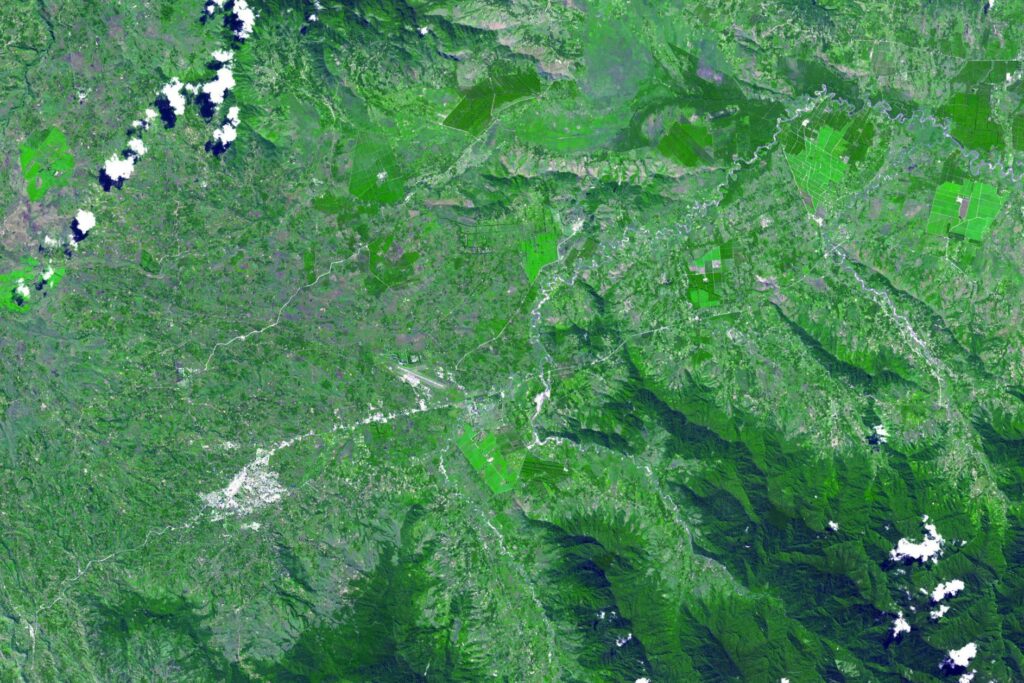
There are over 1,100 world heritage sites spread across more than 165 countries. New ones are added every year, and some may be removed from the list for various reasons.
Number of UNESCO listed sites: 1.
Top world heritage sites:
Kuk Early Agricultural Site.Interesting facts about Papua New Guinea
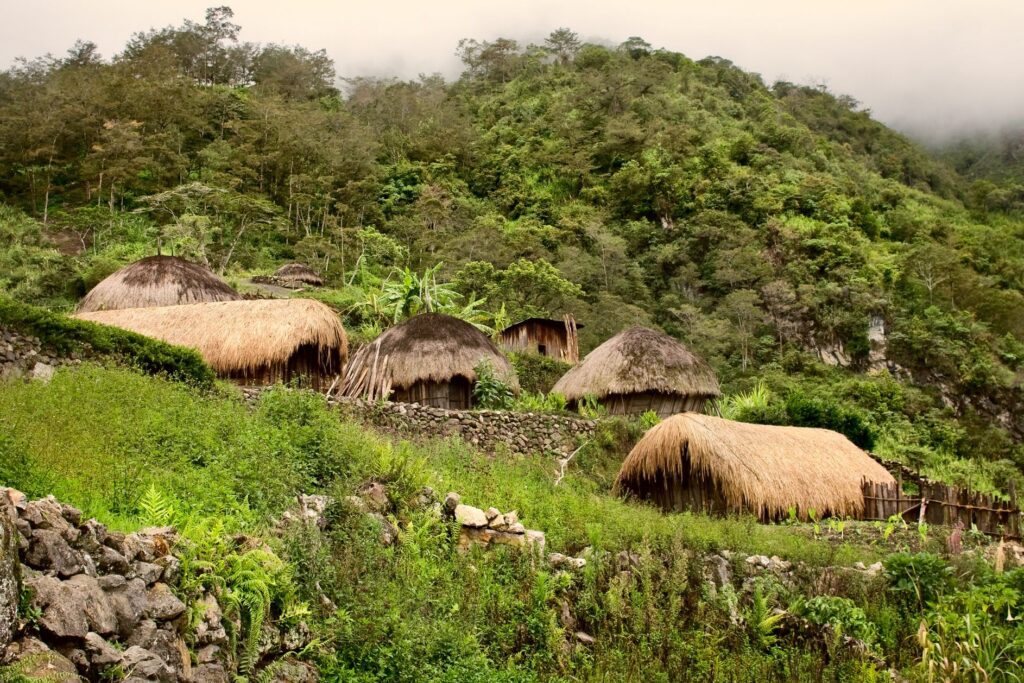
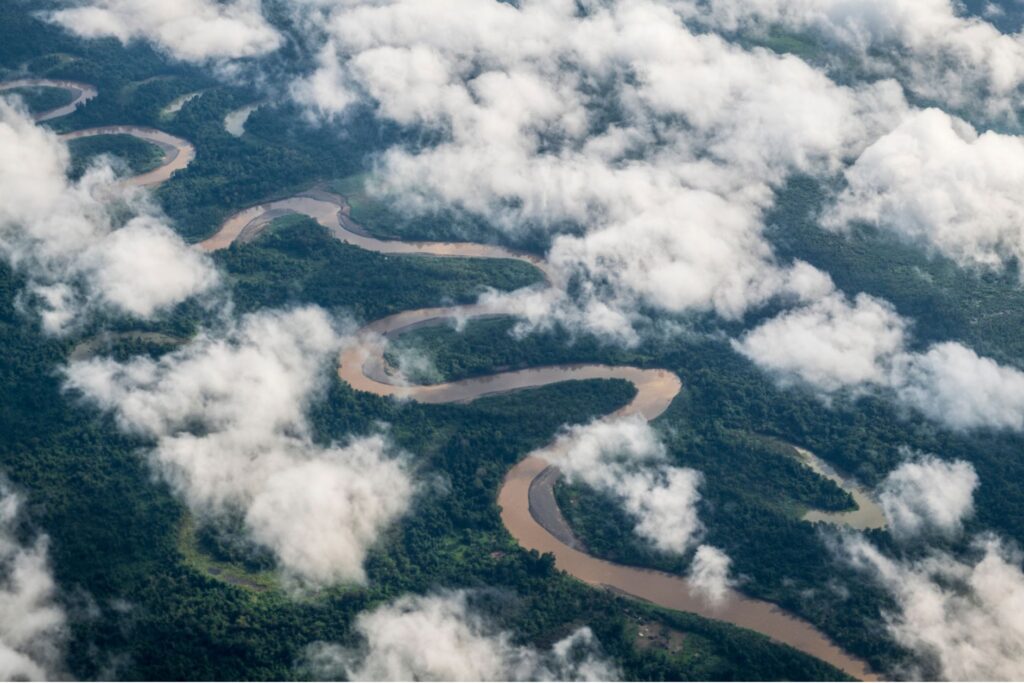
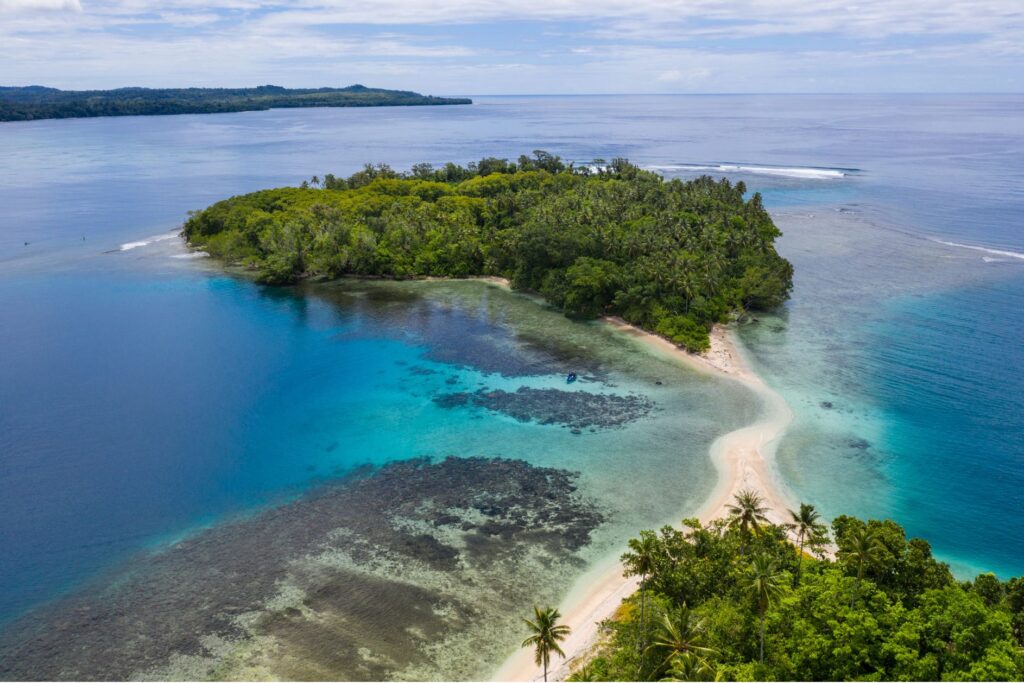
- Around 80% of Papua New Guinea's people live in rural areas with few or no facilities of modern life.
- Papua New Guinea shares the world’s second-largest island, New Guinea, with Indonesia.
- This is the most linguistically diverse country in the world, with around 850 native languages spoken.
- One of the only known poisonous birds on the planet, the hooded pitohui, can be found within the country. But Papua New Guinea is also home to the endemic, harmless and stunning Birds of Paradise, whose striking mating rituals are the subject of many wildlife documentaries.
Further reading: N/A.
Papua New Guinea Travel tips
Socket type: I. Guide to socket types.
Weekend days: Saturday and Sunday.
Driving: Cars drive on the Left.
Local taxi apps: ODESH.
Travel Guides: Lonely Planet.
Languages spoken: Tok Pisin (official), English (official), Hiri Motu (official), some 839 indigenous languages spoken (about 12% of the world's total); many languages have fewer than 1,000 speakers. Note: Tok Pisin, a creole language, is widely used and understood; English is spoken by 1%-2%; Hiri Motu is spoken by less than 2%.
Basic words and phrases in the main language:
Hello: Gude or HiPlease: Plis
Thank you: Tenkyu tru
Help: Help
Learn more with our favorite learning app Mondly.
Find a hotel in Papua New Guinea
Booking.comBook tours and activities:
Not available.More about Papua New Guinea on Solo Female Travelers
Coming soon.Did you spot any errors? We do our best to keep this information updated and accurate, but things change. If you saw anything that is not right, let us know so we can fix it: [email protected].
About the Solo Female Travel Safety Index
Safety matters to solo female travelers, you told us so in our annual Solo Female Travel Survey, where year after year, women prove that this is their most important concern when traveling solo.
We wanted to do something about it, so we built these country-specific pages where you can find reviews and scores for 7 key variables affecting the safety of women traveling solo.
Variables
- Risk of scam
- Risk of theft
- Risk of harassment
- Attitudes towards women
- UK Travel Advisory
- US Travel advisory
- Global Peace Index (GPI)
Informing OSAC
The Solo Female Travel Safety Score is used by the Overseas Security Advisory Council for including safety concerns for women travelers in their country security reports; OSAC is a partnership between the U.S. Department of State and private-sector security community.
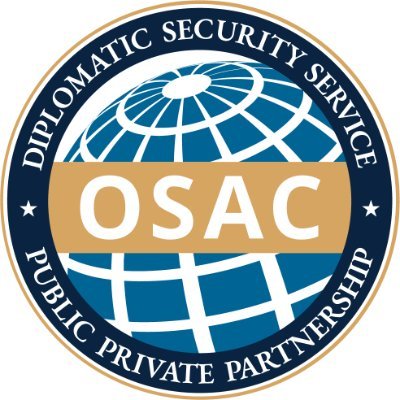
How to use the Safety Index
On this page, you will find the country score and the personal opinions on safety of other women traveling solo.
You can sort the comments by:
- The level of experience traveling solo of the reviewer (beginner = <5 trips solo, Intermediate = 5 to 10 trips solo, Experienced = >10 trips solo).
- The age of the traveler.
- Whether they are a visitor or local.
- The date they were posted.
The safety scores range from 1 to 4 with 1 being the safest and 4 being the most dangerous for solo female travelers.
Thus, the lower the score, the safer the country.
Looking for more safety resources?
This entire website is devoted to helping women travel solo. Check out the links below to learn more:
Solo Female Travel Stats: Results from the the largest, most comprehensive and only global research study on solo female travel trends, preferences and behaviors published.
Thanks to Jacobo Vilella for creating the Solo Female Travelers Safety Index ❤️






